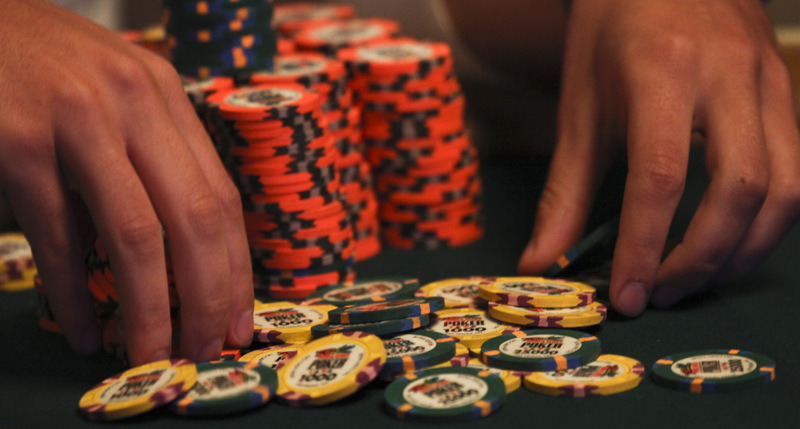






Poker Strategy: Five Quick Guidelines For Flop Continuation-Bet DefenseSign Up For The Upswing Poker Lab Today To Increase Skill And Earnings |
|
|

By Dan Baker
Poker is a bit like American football. It’s important to have a solid offense (playing as the aggressor), but if your defense (playing vs. the aggressor) sucks, you’re going to have a tough time winning.
Perhaps the most crucial defensive situation in poker is playing vs. a flop continuation bet (c-bet) after defending your big blind. This article will teach you the basics of this common situation.
When you’re not sure how to play against a flop c-bet, following these tips will ensure that your defense strategy is balanced and tough to play against:
No. 1 – Always continue with bottom pair or better
No. 2 – Always fold underpairs
No. 3 – Raise with two-pair or better
No. 4 – Raise often with open-ended straight draws
No. 5 – Raise with gutshots that have backdoor flush draws
Keep in mind these are just general guidelines. The presence of certain factors should make you play differently vs. a c-bet, such as:
Range Advantages
If the board is very good for your opponent’s range, you should raise less often and disregard tips 3, 4, and 5. Conversely, you can raise more often if the board is very good for your range.
Board Texture and Relative Hand Strength
Certain hands can be stronger or weaker depending on the board. Here are a couple of examples:
Opponent Tendencies
If you know the tendencies of your opponent, you can adjust these guidelines to exploit them. This is especially true if the tendencies are extreme, such as a super-tight nit or a hyper-aggressive maniac.
For example, against a hyper-aggressive maniac who almost always double barrels, you would be better off check-calling on the flop with your two-pair or better hands (disregarding tip 3). This allows him to continue barreling on the turn with a wide range. Conversely, against a super-tight nit, you will probably want to check-fold some bottom pairs (disregarding tip 1).
Bet Size
The bet size matters because it impacts your pot odds and the range your opponent is representing. Here are two extreme examples:
As you can see, it’s fairly intuitive to figure out how to adjust for other factors. If you’re in a tough spot versus a flop c-bet and the guidelines just don’t seem applicable, they probably aren’t. You’ll just have to play the hand as best you can, note the details, and analyze it after the session to figure out what you should have done.
Conclusion
If your defensive game is not up to par, then for every point you score on offense, you’re going to lose one (or more) when you’re on defense. That’s just not a winning strategy. So take what you’ve learned here and apply it the next time you play.

Sign up for the Upswing Poker Lab today for step-by-step instructions and examples to master both the fundamental theories and situational exploits to greatly increase your skill and earnings.
